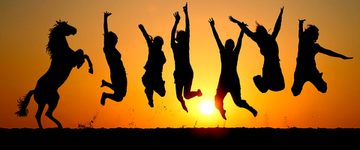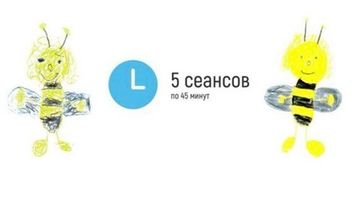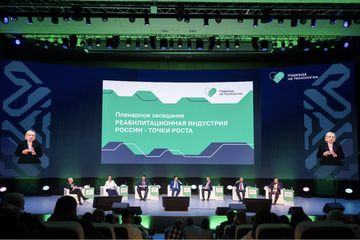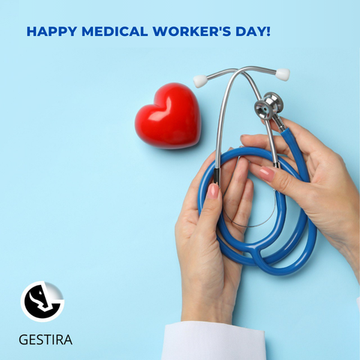Rehabilitation of post-stroke patients: problems of the industry
⠀
Restoration of motor function after damage to brain structures is an urgent task of neurorehabilitation due to the continuous increase in the number of cerebrovascular diseases.
⠀
Numerous studies have shown that there is a link between patterns of brain activity and the type of movement performed. The technological prerequisite was the creation of computers and their software, which made it possible to process multi-channel brain signals in real time, as well as the multi-channel recording systems themselves.
⠀
But the problems of rehabilitation of post-stroke patients left and are still acute. Why? Let's figure it out.
1. Existing active motor techniques are of little use for post-stroke patients with severe consequences (30%).
2. The opportunity to rehabilitate severe patients in the first months after a stroke is missed.
3. 20% of all new patients remain permanently disabled (2 people out of 3 who have suffered a stroke with severe consequences).
4. There are no effective techniques and equipment applicable to gross paresis and plegia.
⠀
About half a million new cases of stroke are registered annually in Russia, which is one of the main factors in the loss of the population's ability to work. Only one in five can return to their usual social and work activities.
⠀
Gestira is pleased to offer the latest equipment for post-stroke rehabilitation on the Russian market - the Orthez-1 hardware and software platform.
⠀
————
Gestira Company
Sale of medical equipment for private and public institutions. Robotization in medicine
+7 (495) 795-19-11
info@gestira.ru
Comments 0
Other articles
No one has left a comment here yet. You can be the first!




